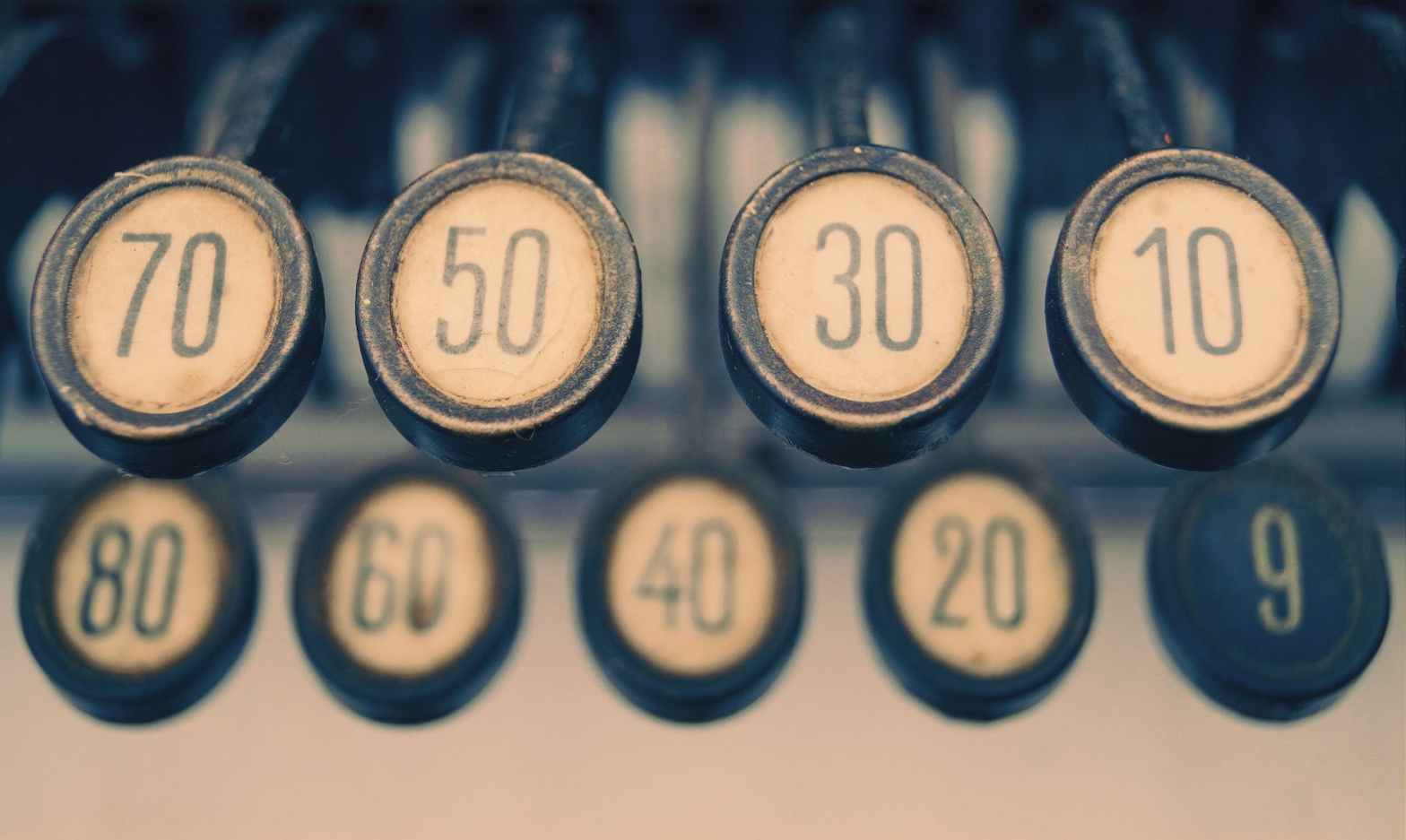Within the observable universe, measurements ranging from “ very small “ to “ very large “ can be made. The rules of scientific notation enable such measurements to be expressed in convenient powers of ten. In order to express a number in scientific notation, a number that does not fall between the numbers 1 and 10 is rewritten so that it does. In order for the number to retain its original value, it must be multiplied by an appropriate power of ten that “ restores “ its original value:
Q: How is 0.00022 expressed in scientific notation?
A: We must first express what is given with a number between 1 and 10. In order to do so, we must move the decimal point until we arrive at a suitable value:
2.2
The number now falls between the numbers 1 and 10, but its value has changed; its current value is much larger than the original value. We must now multiply our new value with an appropriate power of ten. Since the decimal was moved four decimal places to the right ( 10,000 times larger ), the power of ten that is chosen must make the derived value ten-thousand times smaller:
2.2 x 10-4 = 0.00022
The exponent used to raise the base-10 appropriately must always reflect the number of decimal places ( if any ) moved to establish a multiplicand between the numbers 1 and 10:
Q: How is 10,000 expressed using scientific notation?
A: 10,000 = 1.0 x 104
Numbers that have been converted to their scientific notation equivalent may be added, subtracted, multiplied, or divided by other numbers expressed in scientific notation with relative ease. With addition and subtraction, the first step is to express each number to be added with the same power-of-ten multiplicand. Please note that doing so may cause one of the two numbers to be expressed outside of the previous 1 to 10 range:
Q: How must the numbers 2,000,000 and 50,000,000 be added using scientific notation?
A: We begin by converting each number to its power of ten equivalent:
2,000,000 = 2 x 106
50,000,000 = 5 x 107
We next add the numbers after expressing them with the same power of ten. If both numbers are expressed as powers of 106, the latter expression’s ( 5.0 ) multiplicand must be made ( 101 ) larger for its original value to be preserved:
( 2 x 106 ) + ( 50 x 106 ) = 52 x 106 = 5.2 x 107
Likewise,
( 0.2 x 107 ) + ( 5.0 x 107 ) = 5.2 x 107
The same strategy is used when power-of-ten values are subtracted. When multiplication or division is employed, the base-10 component is initially left alone. We must first multiply or divide the numbers given without regard to their powers of ten. After doing so, the rules of exponents are used to complete the calculation:
Q: How are the numbers 5,000,000,000,000 and 0.000003 multiplied using scientific notation?
A: The numbers must first be expressed in powers of ten:
5,000,000,000,000 = 5 x 1012
0.000003 = 3 x 10-6
We must now multiply each number by one another independent of their base-10 multiplicands:
5 x 3 = 15
The rules of exponents necessitate the powers of ten to be added:
1012 + 10-6 = 1012 + ( – 6 ) = 106
Finally,
15 + 106 = 1.5 x 107
Division employs the same process:
Q: How must 500,000,000 be divided by 2,500 using scientific notation?
A: Let’s first convert each number to its power-of-ten equivalent:
500,000,000 = 5.0 x 108
2,500 = 2.5 x 103
We must now divide the first number by the second number independent of their respective base-10 multiplicands:
( 5.0 / 2.5 ) = 2
The rules of exponents necessitate the powers of ten to be subtracted:
108 – 103 = 10( 8 – 3 ) = 105
And 2 + 105 is our answer.
